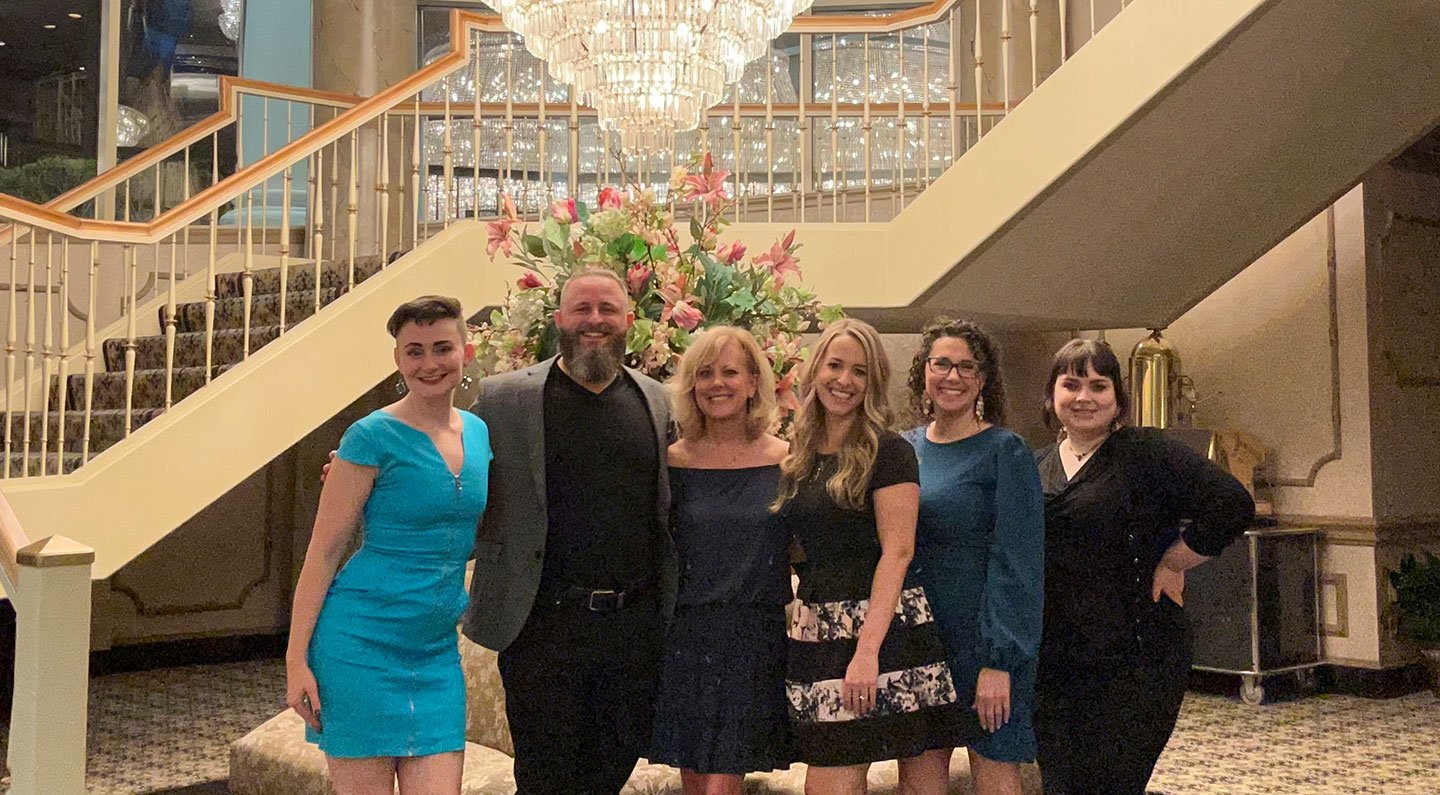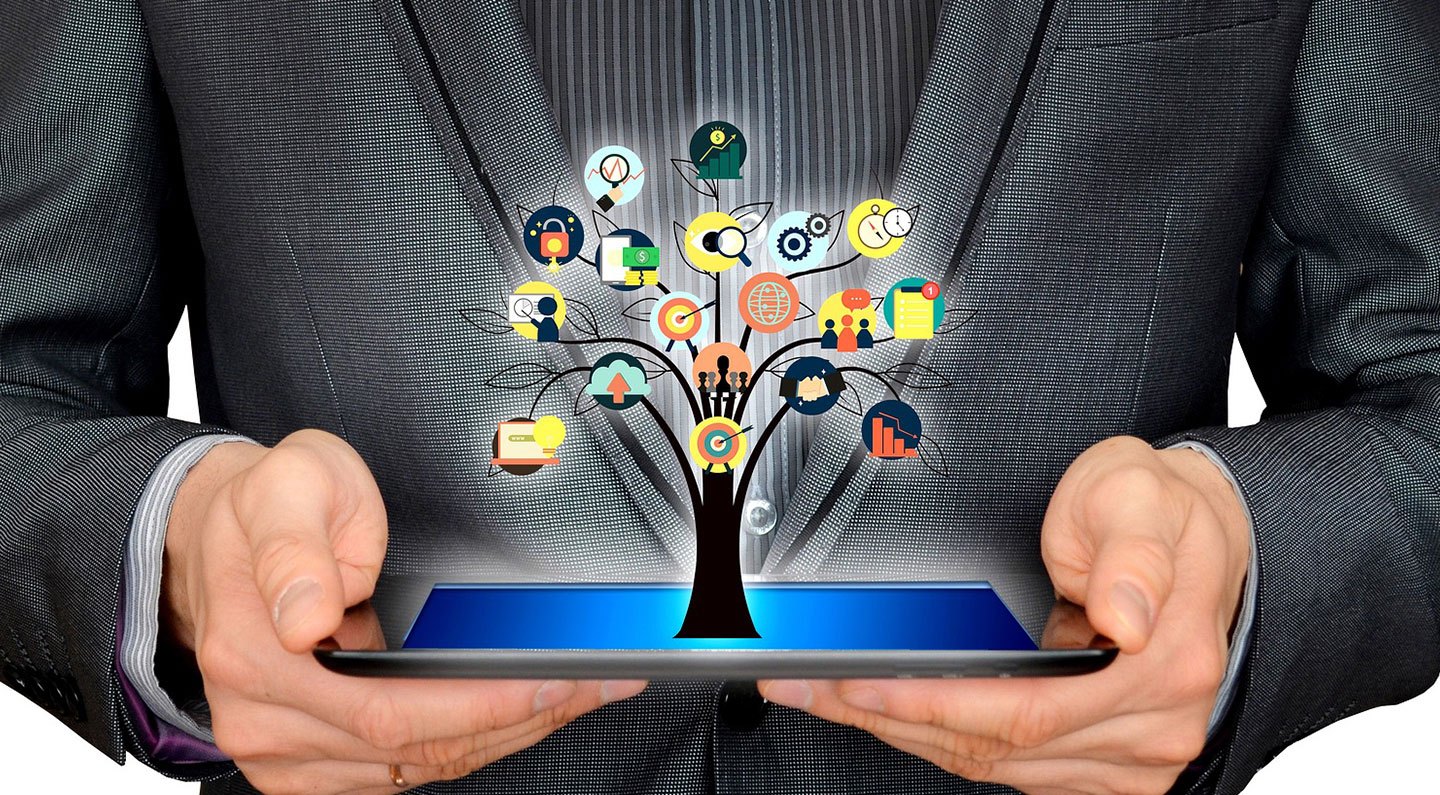10 Words to Supercharge Your Messaging
Yes, words are powerful.
They can prompt us to purchase. They can move us to tears.
They can sum up our courage. They can banish our fears.
But no matter how poetic or conversational we speak, words affect us deeper than you might think.
And it starts before we even understand what others are saying as our brains make connections between us and the world.
As these bonds grow stronger, language is added to join and express our thoughts to others and their thoughts to us.
But as language works its learned tendrils into our grey and white matter, certain words stand out.
They make our brains take notice on an almost primordial level—leaping back to when our minds began to first shape our perceptions of everything.
The best part of this is, for marketers, this semantic archeology (to coin a term) can be used in our advertising.
That is, we can use these words that trigger our subconscious brain to our advantage.
Now, to be fair, some of these words were picked up way after we learned the beginning intricacies of language, but they still have this magic power to connect—and connect quickly.
Here are 10 words you can use to supercharge your messaging that reach into the brains of your audience and spur instantaneous reactions.
Most of these words are very simple, and that’s to be expected, since we learn a lot of them at a very young age. But, always remember the immortal words of Samuel Clemens, “Don’t use a five-dollar word when a fifty-cent word will do.”
Let’s dive in at least two fathoms deep!
1. You
Going back to when we were literal babies, we begin to build our picture of the world with us at the center of it. Our brain casts themselves as the main characters in our stories, and the word “you” connects to that instinctive and deep-rooted narrative.
An example will really drive home the power of “you.” Save 30%! That’s a good message to see when you’re buying something but add “you” and it becomes even more of an enticement for your audience: You can save 30%! Now, the offer is (and here comes the important word) personal! We all know how personalization increases engagement, but now you know how easy it can be.
See? Even in that last sentence, by using “you” we’ve now framed the concept with you as the main subject. Our example illustrates the visceral difference in being told anyone can save money and YOU, specifically, can save money.
And this magic also works for “your.” This is it: Last chance to save! or This is it: Your last chance to save! Which one grabs more attention? It’s the one with “your” in it, because that one cares about you specifically not missing this deal. Or, at least, that’s how it feels when you read it.
“You” is such a powerful word in marketing that SubjectLine.com (the great resource for email marketing) adds 7 points to your submitted subject line’s projected response rate and deliverability score if you include “you” or “your.” When used in your copy, “you” really does have the power.
2. Yes
“You” isn’t the only 3-letter “Y” word with power that goes way back into our linguistic development. As we grow from baby into child, the world attempts to teach us what we can and can’t do, normally with people saying “no” a lot. That builds in us a very instant reaction when we’re finally told “yes” to something.
As Carl E Pickhardt, Ph.D., writes in this Psychology Today article, “. . . Saying “yes” is the power to create opportunity.” That is, “yes” is an invitation to an experience. “Yes” starts the reader down an immediately positive path. It gives them hope that, in the end, they’ll actually get something.
Using “yes” in your marketing imbues it with that promise of positive reward. As your audience wonders if your product will solve their problem, your ad proudly proclaims, “Yes it will!” As Barack Obama ran for Senate and then President, one of his slogans (a translation of the famous Dolores Huerta motto for the United Farm Workers of America) answered the proposition of winning with, “Yes we can.”
“Yes” provides an avenue for you to showcase features, especially those your competitors lack. When customers wonder if your product has certain benefits, your answer will be the best one-word answer: “Yes!” Yes, it’s got more features. Yes, it provides more value. Yes, it’s available now.
But it gets better! Keep psychology’s Consistency Principle in mind, which says (in part) that people will continue to behave in a reliable and somewhat predictable pattern. Meaning, you can get them to say “yes” to a small thing, then “yes” to another small thing, then continue to build and build until you have them screaming “Yes!” for the big thing you wanted them to say “yes” to in the first place.
There is only one place “yes” isn’t good, and that’s if it is in answer to a question you pose in your marketing. And yes, we’re using this as a segue into the next magic word (and yes, it’s going to give you even more than you expected)!
3. Who, What, Where, Why, When, & How
Questions are great to present in your marketing copy. Basically, all you’re doing is taking thoughts and concerns you know are floating in the heads of your audience and then answering those questions before they can be asked.
But the one type of question you don’t want to ask is a “yes or no” question. Why? Well, those questions are answered in only one word and don’t allow you to explain more. A reader might see your question, “Are you in the market for a new car?” and simply answer, “No!” At that point, they’ll move on and not engage with your messaging.
BUT, if you use the 5 Ws and 1 H (5W/1H for short) that journalists love (and that date back to the 16th Century English rhetorician, Thomas Wilson), your questions lead into more discussion and cannot be easily dismissed with a “yes or no” answer. More discussion equals greater engagement, as your audience is gently led through your messaging through an easy-to-follow flow of thoughts.
5W/1H questions have the added bonus of possibly preventing customer service queries—sort of like having a mini FAQ built into your marketing copy. Plus, and this is the most important point, 5W/1H questions lead to the next magic word in this list: because!
4. Because
Just as “who, what, where, why, when, and how” lead the reader to new information, “because” acts like a tour guide for that information. It raises a paddle over its figurative head letting us know to follow it to find what we seek. “Because” is the preamble to the reasoning behind an answer.
But because “because” is on this list, you know its power must go deeper—and it does. In a very famous experiment (reported in 1978’s Journal of Personality and Social Psychology), Dr. Ellen Langer demonstrated how important “because” is in compelling an audience. Her experiment had people cutting in line to the copier machine (one can only imagine how big it was in 1978). One group just asked to cut, one group added “because I’m in a rush,” and one group added “because I have to make copies.”
For the group who simply asked to cut in line, only 60% were allowed (which indirectly proves it can’t hurt to ask). Add a “because I’m in a rush,” however, and 94% were allowed to cut. But here’s the real magic: add “because I need to make copies,” which is what everyone in line is waiting to do, and 93% were allowed to cut. “Because” is a compliance trigger, which actually makes people want to help.
Giving people a reason gets them to engage more, and this is what “because” does. Just like when we were babies, deep down we are searching for connections in the world. “Because” makes those connections, guides us to those connections, and satisfies us with those connections. “Because” helps us in our pursuit of knowledge, something of the utmost importance when we make a purchase. It leads us to discover things.
5. Discover
A major portion of customers who interact with your marketing are seeking information. They want to know about your products, services, and company. They want to know why you’re the right choice for them, to fill their need or solve their problem.
So, what do we do as marketers? We present them with a bit of information and a button that says, “Learn more.” We want them to explore and absorb what we’ve presented. But “learn” makes us think of being in school, where information is directed at us as we try to remember it all. There’s a better, more engaging synonym to use instead: “discover.”
“Discover” is a more active version of “learn,” one that requires more purposeful interaction on the part of your audience. By using “discover,” you are telling your customers, “We have lots of information to share with you, so come find just the bits you need and want. We know you will.”
In fact, Pierce Ujjainwalla (Co-Founder and CEO of Knak) in his presentation at GURU 2022, said “discover” outperformed “learn” in his analysis of email responsiveness. “Discover” is an invitation to a knowledge party, a call to adventure, and an overture to dig deeper into our company material. Because when your customers “discover” things, they might end up learning “secrets.”
6. Secret
Nancy Harhut, marketing creative and behavioral science extraordinaire, calls this an “eye magnet” word. These are powerful words (like all those on this list, really) that get our brains paying attention even before we consciously think about what we’re reading. “Secret” does this by making the reader believe they are special.
“Secret” plays on a product’s exclusivity, and exclusivity is a heck of thing. Feeling like part of something others don’t get to experience drives so many decisions. We all want to have or know something uncommon. Treasure is great, but “secret” treasure is even better. Having or being a part of something “secret” instantly means we are no longer ordinary.
By strategically using “secret,” you are implying a trust with your audience. You are sending them a message that they are personally invited into a unique group, a trait which now passes on to them for being in that group.
And by employing “secret” in your marketing, you are tapping into the innate, internal inquisitiveness we’ve all had since first beginning to learn about the world. We all want an advantage over our friends, neighbors, and peers, and “secret” things give us that edge. But “secret” isn’t the only exclusivity word on this list. It shares that power with the next word: “New.”
8. New
“New” is, quite literally, the next best thing. “New” is something we don’t know about yet. “New” is technology we have yet to experience. “New” is anything novel to our brains, and it is a huge trigger for immediate brain activity of the best kind.
When your customers see “new” in your marketing, their minds go into overdrive. Neuroscientists have found that “new” things (including the word) actually enhance perception. Most likely, this is a survival mechanism retained from our ancient ancestors, one where anything that stands out could be cause for alarm. And because our brains want to keep tabs on this “new” stimuli, the neurological effects of “newness” continue for quite some time.
We get a boost of dopamine when exposed to something “new,” which helps our brains focus, learn, and remember. Dopamine also makes us feel good, which is why discovering or purchasing that “new” thing often produces such a positive emotional response.
“New” is also, by its nature, a bit exclusive: Only some people will be able to get the newest things. And often, “new” is paired with its BFF “improved,” which adds even more exclusivity to the product. The only thing better than having the most “new & improved” thing is having it before everyone else. Welcome to “now!”
9. Now
“Now” adds urgency to your messaging. Your audience doesn’t want to wait around and be the last to experience your product. They want to be the first and desire to experience the benefits right away.
The sense of urgency also encourages your customers to act quicker and purchase faster. Indeed, as Nigel Barber, Ph.D., writes in an article in Psychology Today, “People who feel they have somewhere to go are likely to move faster.” “Now” gives your customers a place to go: owning your product!
“Now” also implies scarcity—that is, get it “now” because it won’t last. It can even be paired with “for a limited time” to create even more feeling of fleeting availability. “Now” succinctly tells your customers that this might be their only chance.
Urgency and scarcity are two of the biggest motivators in decision making, and “now” plays both of those human worries with elegant precision. Use “now” to let your customers know when your product is available. Use it to tell them when they should purchase from you. And use it to warn them on how soon your product could run out. “Now!”
10. Ungated
This next term is relatively new, but very important. “Ungated” means there’s no obstacle between your customers and whatever you are promising in your offer.
So, for example, if you’re offering a downloadable white paper, once someone clicks on the link for the white paper they are taken directly to the white paper. Nothing to sign up for, no extra buttons to press, and no forms to fill out.
In a way, this is the new “free.” You are giving something for nothing but good will: good will that’s plastered with your brand, of course. Because “ungated” is really about brand messaging and getting your company in front of your customers.
“Ungated” showcases your company’s knowledge and confidence. It tells your customers, “Yes, you may have the information you seek without trading any of your personal details, because we know we have the best solution for your problem.”
“Ungated” is an easy way to get all your other supercharged words in front of your customers, to answer all their journalist questions, and to provide them a reason to trust sharing their information with your company moving forward. This is key. By presenting your offer ungated, you are setting your customers up in a no-pressure dialogue, one they will actively continue to engage in.
Bonus Tip: Location Matters
As with new homes, offices, and design, proximity of these supercharged words (in this case, to other bits of copy) matters. Our human brains associate things that are near each other to be connected. Our brains rate things on importance based on how quickly they are seen. What does all that mean?
As mentioned in the opening, before we know language, our brains work to make connections about the world around us. And much like how we surmised in our section about “new,” the speed at which our brain learns things is deep down a survival mechanism. But wait, what does all that mean?
It all means that so many teachers were right: First impressions matter, and readers really will remember the first parts of what they read better. So, what we do is take all these powerful words and front load our copy with them!
Go back to the beginning and see what the first word of this blog post is. Yes. Why? Because we know that attention spans are short and getting shorter, and we hooked your subconscious brain with this linguistic alchemy before we even got into the meat of this blog.
Nowhere is this front-loading of supercharged words more impactful than in our email subject lines. According to Zippia, 333.2 billion emails are sent every day around the world, and we’d bet a large chunk of them end up in your audience’s inbox. By putting these brain-gripping words at the very beginning of your subject lines, you have more of a chance that your reader will actually open and read your emails. Load the body copy with more of these top 10 words to supercharge your messaging and get ready to reap the rewards!
And now you have discovered 10+ supercharged words to make your writing more engaging. You have learned why these words work—because of their power to stimulate our subconscious brains to pay attention—and how you can make them even more powerful by where you use them. But finding the right words even with these tips is still quite hard. Don’t worry: We at AdsIntelligence Marketing know just the right words for your brand to get the best response from your audience. Ask us how… now!









